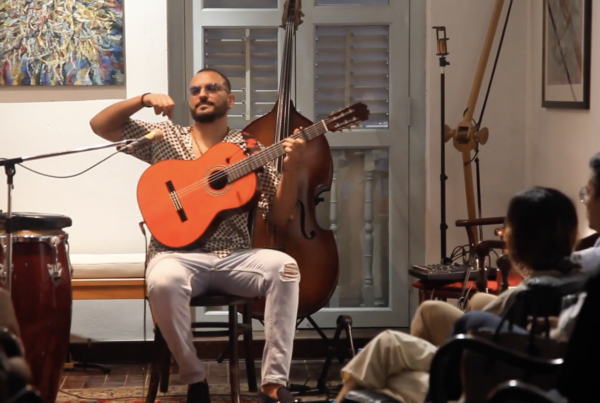Movies, who doesn’t love them? Like dessert, films come in all shapes and sizes. Some are short and sweet, others are long and dreary. But what separates great films from the mediocre ones, is the ability to emulate the sensation of being withdrawn from reality. Humans deal with their emotions in vastly contrasting ways. While some regard movies as a means for entertainment, watching films is also a form of escapism. The transcendence into another reality can be so visceral and enchanting, why ever leave? Renowned films all share one common facet when it comes to success, cinematography. A terribly neglected aspect of film that has a fascinating history, and an even greater influence in modern cinema.
From the Pioneer Era, which lasted between 1895 until 1910, through the silent era and new Hollywood Era all the way to the current New Millennium, cinematography as we know it today has evolved tremendously. In the Pioneer Era, filmmakers lacked the experience and equipment needed for reproducing film. But during 1888, filmmakers began exploring the illusion of motion picture. Soon, “Roundhay Garden Scene” became the earliest surviving motion picture and lasted a brief 2.11 seconds. Thereafter, film quickly took shape, leading to the creation of “A Trip to the Moon” by Geogre Meiles in 1905. Meiles quickly adopted his own filmmaking style and set the bar for other filmmakers during this time. Fast forward to 1955, the emergence of Hollywood. During this era, famed directors and filmmakers became more apparent such as: Hitchcock, Bardot and Munroe. While, films became more foreign, mature and avant-garde and established some of the most iconic films in history such as: A Streetcar Named Desire, The Big Country, Dracula, 12 Angry Men, Godzilla and A Place in the Sun, among several others. This concludes the postmodern era, whereas the New Millennium encompasses the modern film industry as we know it today. The New Millennium era of film has easily become more abstract, daring and flummoxing than ever before, and has simultaneously led to some of the most eminent names in Hollywood.
Interstellar, Pulp Fiction and Jaws are some of the most critically acclaimed films in cinema today. While we may credit the directors or auteurs of these movies; Christopher Nolan, Quentin Tarantino and Steven Spielberg, but the real beauty in film emerges from the cinematographies itself. While directors help establish the story, cinematographers help to execute this vision in a sensory-driven way, which is a truly meticulous and challenging process. For instance, films like: Roma, Dunkirk and Parasite provide an almost tangible experience in these realities; we grieve, lust, relish and rage with these films as they take us through sensory odysseys. Now, I could easily break down each director’s vision and directorial style, but for once I believe the credit should go to the cinematographers, in particular one cinematographer, who I personally adore, Emmanuel Lubezki. The winner of three academy awards in a row for best cinematography, Lubezki is one of the most talented contemporary cinematographers in Hollywood. If you have ever watched a Lubezki film, you may have found yourself completely immersed in the world of the characters. This is because Lubezki has a truly idiosyncratic style of cinematography, which although subtle excels in lighting, camerawork and natural-environment usage. This is part of the appeal of cinematography that half the time gets overlooked, only the cinephiles who really focus on the details in film, can unearth these magical moments. Now, let’s dissect what Lubezki does so effectively in his cinematographic style.
Lubezki is most known for his work in: Birdman, the Revenant and Gravity. Unlike cinematographer Robert Richardson, who likes to use strong-overhead light and bold colours, Lubezki uses elements of naturalism and realism; obsessed with the sun and the natural lighting is emits, Lubezki believes that illuminating his subjects makes them appear more humane, more natural. He argues that artificial lighting withdraws the viewer from the story and he’s right – rather than feeling like you’re watching a film, it feels like you’re right there with the characters, experiencing everything with them in that moment. A cardinal shot you will see across Lubezki films is the use of sun as a backlight, letting the environment around the characters reflect the light back into their faces. Lubezki does this to avoid what he calls sandwiching, which is when “two sides of the actor’s face are completely even.” (Wu, 02:58-03:24) Lubezki also likes to compact everything in one scene, he does this by “using 40 millimeter lenses on four frame cameras.” (Wu, 03:30-03:51) Through his style, Lubezki is able to create a passionate and symbiotic relationship between the viewer and the subjects onscreen. Lubezki commits wholly to his craft, investing numerous hours to capture that one perfect shot.
Despite his extensive portfolio, the one film that Lubezki created that I resonated with the most is, The Tree of Life. Starring Brad Pitt, Sean Penn and Jessica Chastain, The Tree of Life goes beyond standard storytelling, an avant-garde take on modern film, The entire plot revolves around the interconnectedness between the universe and humankind, suggesting its constant reciprocity. The film proposes philosophical queries and attempts to solve them through visual frameworks. While the story in itself is enticing, this film would not have had as much success if it weren’t for the visuals that accompanied the message. I am especially enamoured by the constant interplay between realism and quixotism, the subjects in Lzubezki’s film appear both ethereal and fig-mental while also appearing raw and authentic. The juxtaposition is breathtaking and is executed seamlessly throughout the film. The Tree of Life is one of those films where you can only watch on occasion in order to preserve its mesmerism. It’s truly a one of a kind film, and Lubezki’s cinematography most certainly does it justice. The Tree of Life featured some of the most iconic shots in cinema, let’s break down these six shots.
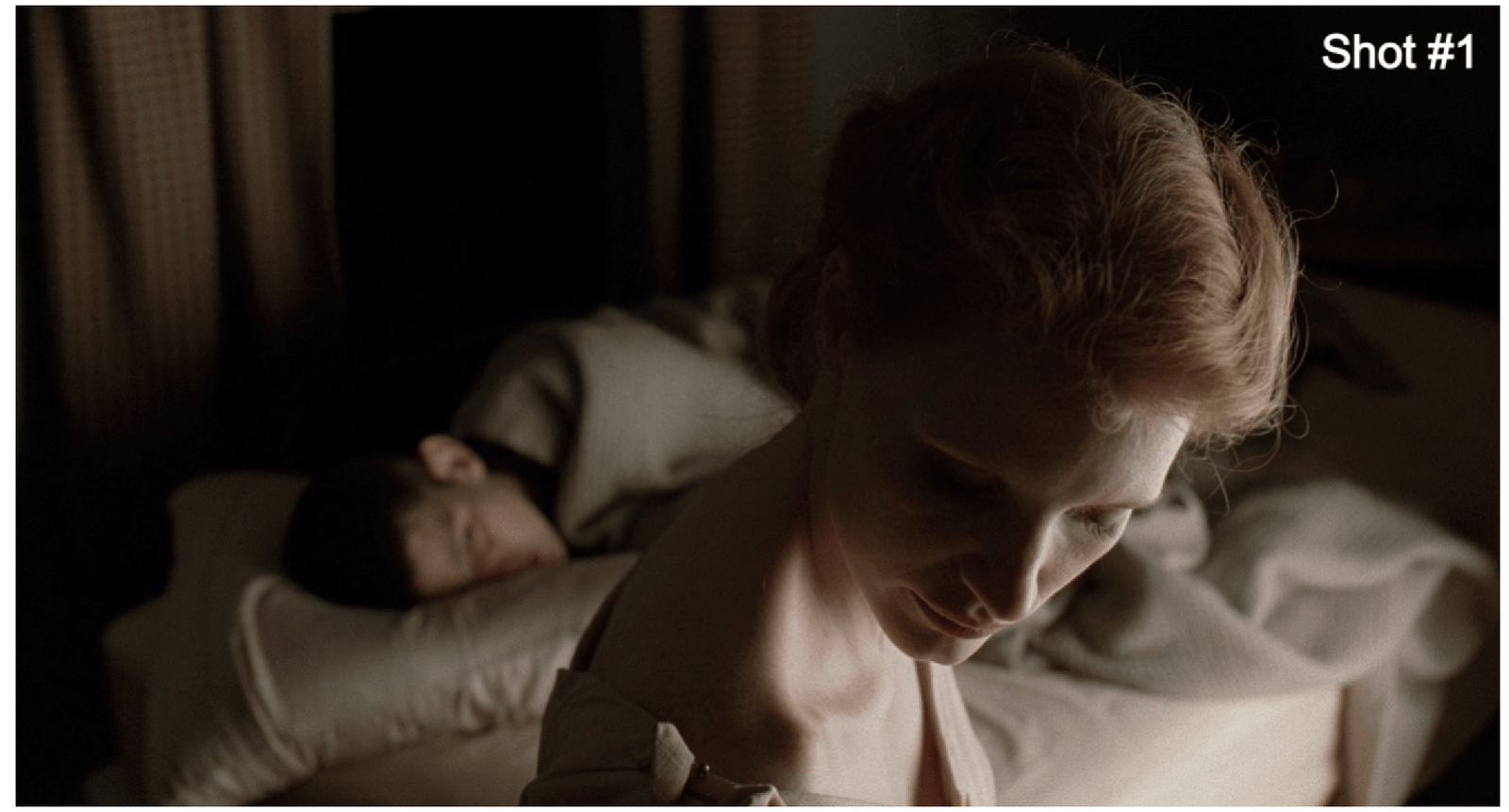
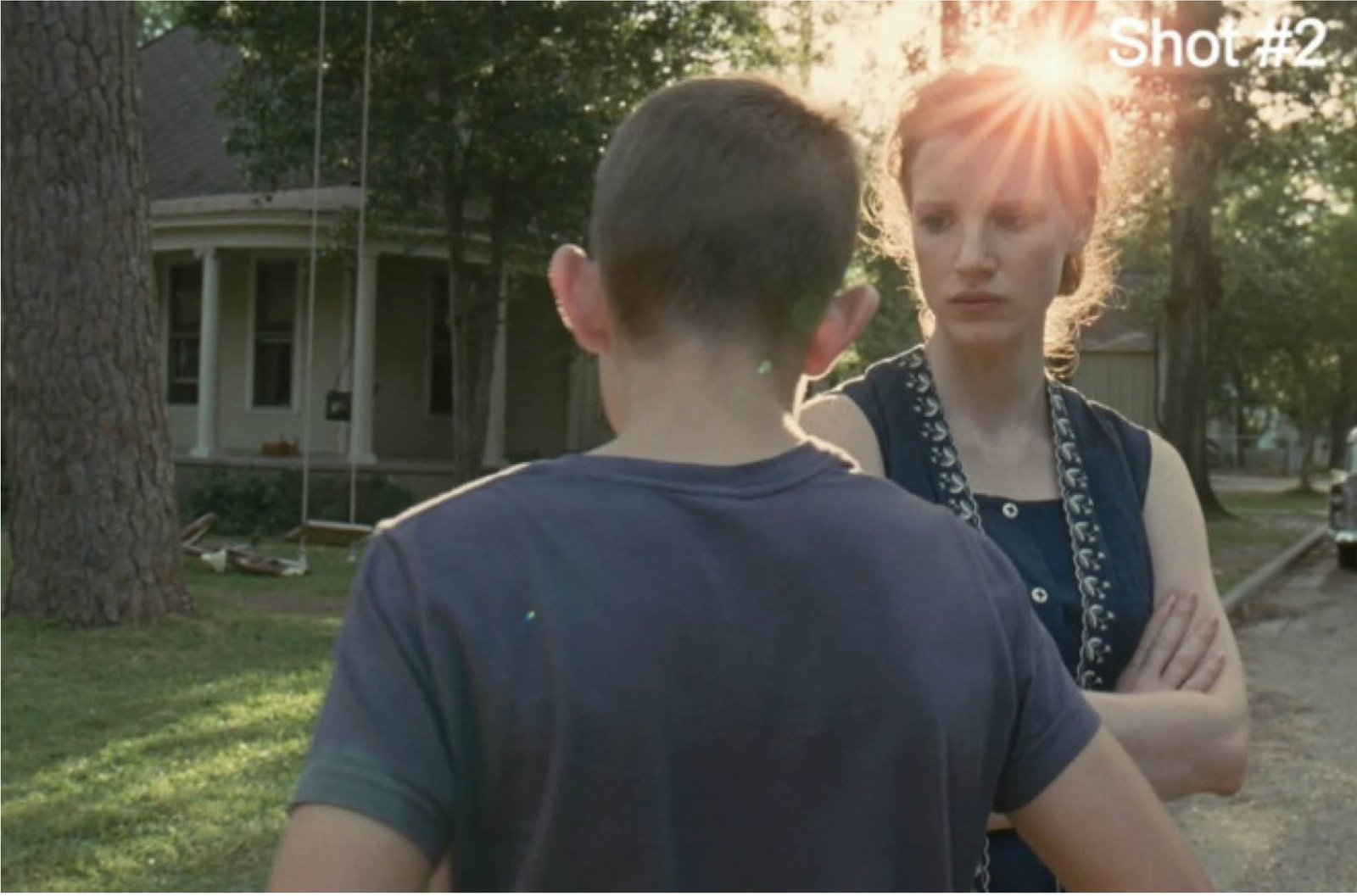
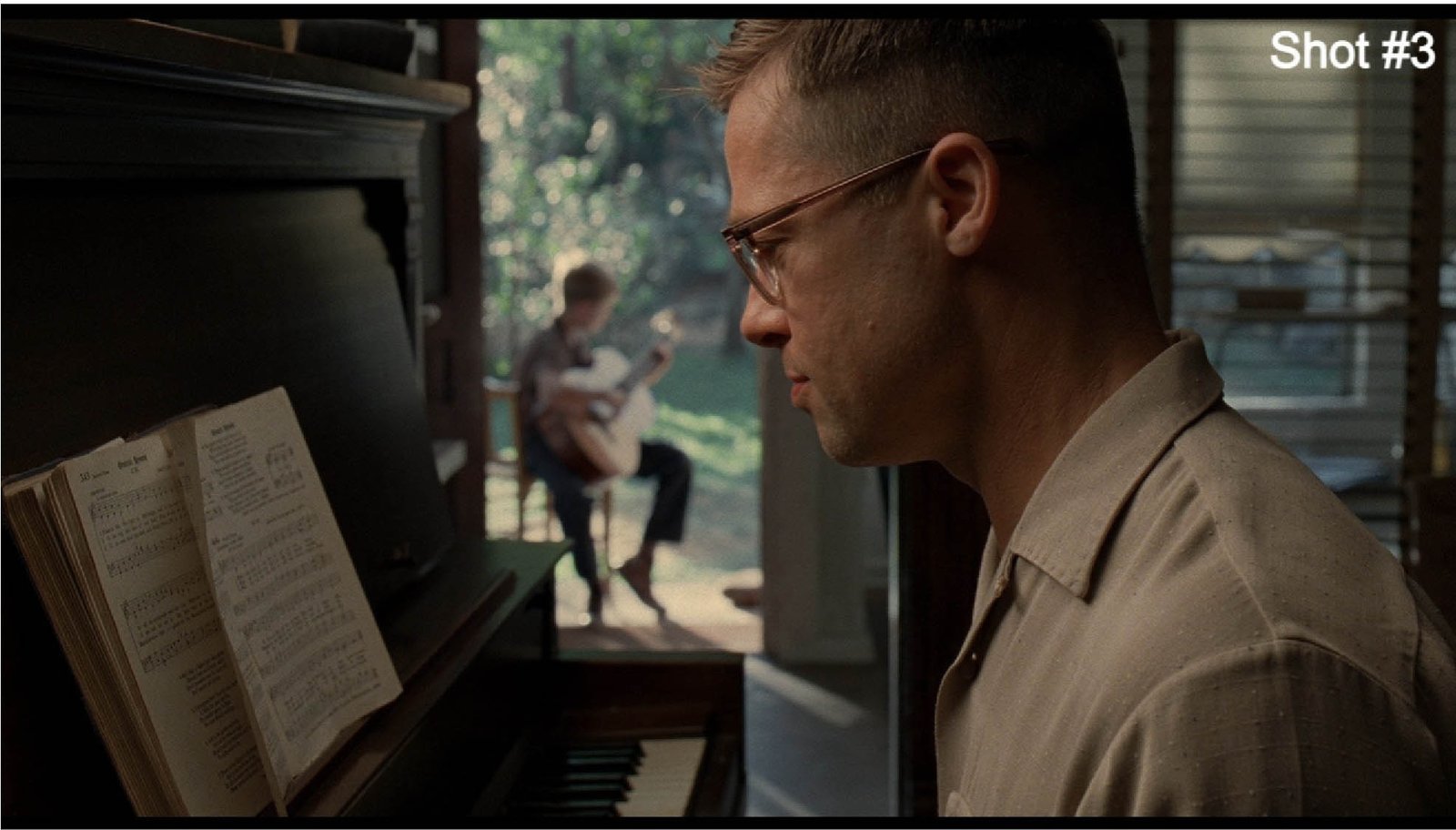

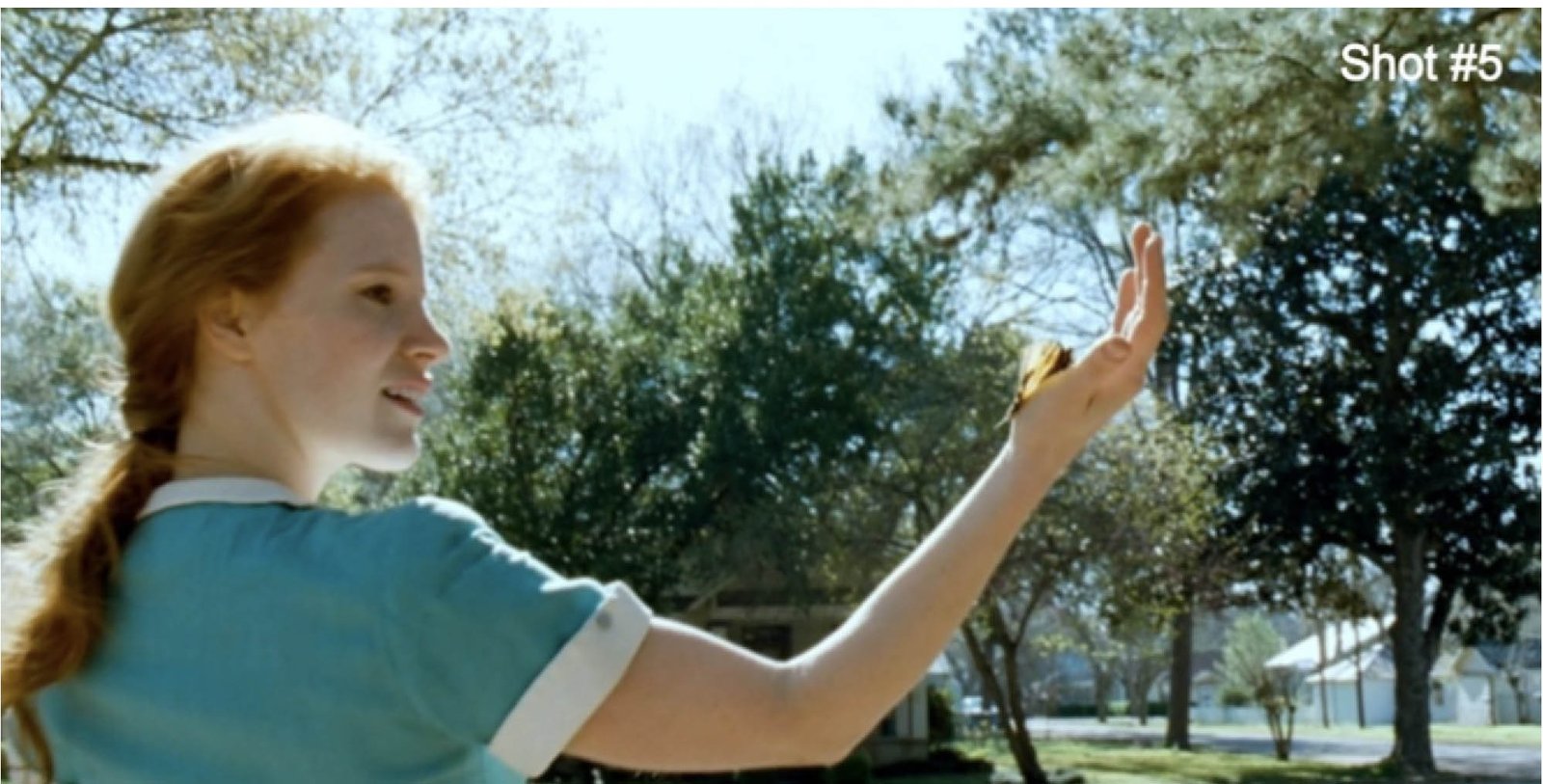

Through the use of deep focus in shots #1, #3 and #6, Lubezki captures the beauty and simplicity of contrasting two characters, fiddling with foreground and background and the consistent uses of natural light. The discrepancy between the two character’s is so potent, and the disproportionality in size enables us to draw different interpretations from the scene. In shot #6, Lubezki’s classic use of natural light is especially evident, as he uses the light from the window to cast a backlight behind Pitt and Chastain. As a result, we get this beautiful shot that shows the two in a state of total engrossment. In shot #1 and #4 Lubezki’s signature anti-sandwiching technique is being exercised in which one half of Pitt’s and Chastain’s face is far darker than the other side, the duality in the lightning exhibited encompasses elements of naturalism – rather than Lubezki adjusting the lighting to even-out their faces he obeys and adapts to the rays of sunlight peeking through the curtains and the artificial lighting emitting from the lamp. Such a subtle yet effective component that humanises the subject and the environment and helps the audience to better resonate with the film. Lubezki truly said it best “Instead of trying to modify what nature brought us, we embraced it.” In shots #5 and #2, the sunlight as a backlight is being used again, more patently, but rather than using the light to illuminate the shot, it’s used more so for the beauty and etherealism. Shot #3 is particularly compelling because while deep focus is established, the narrative that Lubezki is attempting to illustrate is the similarity between the two characters, rather than a juxtaposition. You see, while cinematography concerns the beauty and overall appearance of the film, it can also assist in the actual telling of the story
When I look at these shots, I see art. For Lubezki does not just create films, he creates masterpieces. Every shot, so diligently crafted with such intent and purpose. Every shot conveying a story so commanding with passion and dedication, that the need for context or speech is unnecessary. This is how an excellent film differs from the rest.
So why does cinematography matter? Because without it, we lose arguably the most important aspect of film – the visuals. Humans are so naturally observant, we are such self-aware beings that sight and perception is everything to us. We take it for granted everyday and the truth is, we would feel lost without it. And without visuals we lose the ability to withdraw from reality, that peculiar yet tantalizing sensation where for one moment in time – you are no longer yourself, you are the main character. You are in their shoes, their clothing, their body, their mind. Cinematography truly forces us to emote and connect, relinquishing ourselves and simply experiencing the world we have been introduced to. So next time you watch a film, I implore you to observe every visual, contemplate every detail and cherish the unique choices made, for cinematography is truly the hidden essence of an exceptional film.
By: Lynn Robchinsky



